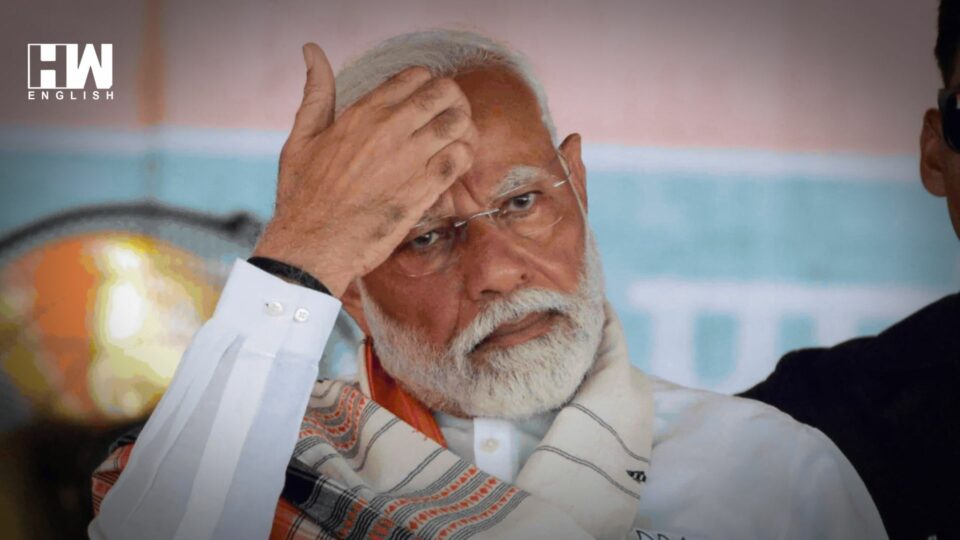The BJP didn’t get a majority and had to rely on its allies for a third term. A surprising loss for the BJP in Faizabad, where the Ram Mandir in Ayodhya is located, has made headlines and sparked debate.
This defeat happened just four months after the consecration ceremony of the new idol of Ram Lalla in the grand Ayodhya temple. Samajwadi Party’s Awadhesh Prasad won against BJP’s Lallu Singh by 54,500 votes.
Several reasons have been given for the BJP’s surprising loss in the temple town. These include the alienation of OBCs and Dalits from the BJP, Akhilesh Yadav’s strategy of building a strong caste coalition, and local resentment over not receiving compensation for land taken for Ayodhya’s development. Additionally, some have linked the BJP’s loss to tension between the party’s Delhi and Lucknow units.
HOW BJP’S ‘400 PAAR’ SLOGAN BACKFIRED
Faizabad also has a strong caste equation that favours the Samajwadi Party’s vote bank. Another factor that helped the Samajwadi Party was the narrative that the BJP would change the Constitution if it gained a large majority.
BJP’s Lallu Singh was the first to suggest in Ayodhya that the Constitution would be changed if the BJP got more than 400 seats. Following this, the Samajwadi Party promoted the idea that the BJP wanted to end reservations for backwards, Dalits, and minorities by changing the Constitution.
The issue gained so much traction that the BJP had to keep clarifying it throughout the elections and lost its focus.
Since 1984, the Samajwadi Party and the Congress have each won the Faizabad seat twice. The BJP became prominent in Ayodhya after 1991.
Vinay Katiyar, a Kurmi and a prominent Hindutva figure in the BJP, won the seat three times, while Mitra Sen Yadav of the Samajwadi Party won in 1989, 1998, and 2004.
In 2004, the BJP replaced its OBC face Katiyar with Lallu Singh as the candidate. Singh won the seat twice in a row, in 2014 and 2019. The BJP’s victories in those two elections were driven by the “Modi wave,” but when caste became the main issue, the party lost.
AKHILESH YADAV GETS CASTE EQUATION SPOT ON
The caste equation in Faizabad is seen as the main reason for the BJP’s loss. Ayodhya has the highest number of OBC voters, with Kurmis and Yadavs forming the largest groups.
OBCs make up 22% of the electorate and Dalits 21%. Among the Dalits, the Pasi community has the most voters. The winning candidate, Awadhesh Prasad, is from the Pasi community.
Muslims also make up 18% of the electorate. Together, these three communities—OBCs, Dalits, and Muslims—constitute 50% of the electorate. This time, they united to give the Samajwadi Party a memorable win in Faizabad.
Additionally, there was widespread resentment among locals for not receiving compensation after their lands were taken for Ayodhya’s development.
There were complaints that while Ayodhya was developing and the Ram temple was being constructed, people from remote villages were not benefiting. Locals felt that businessmen from outside were profiting, while the people of Ayodhya were losing their land to big projects.
The BJP not only lost Ayodhya but also all the seats adjacent to the temple town—Basti, Ambedkarnagar, and Barabanki. The Ayodhya result is seen as not just a defeat for the BJP, but a defeat for their Hindutva vision.
As an independent media platform, we do not take advertisements from governments and corporate houses. It is you, our readers, who have supported us on our journey to do honest and unbiased journalism. Please contribute, so that we can continue to do the same in future.

